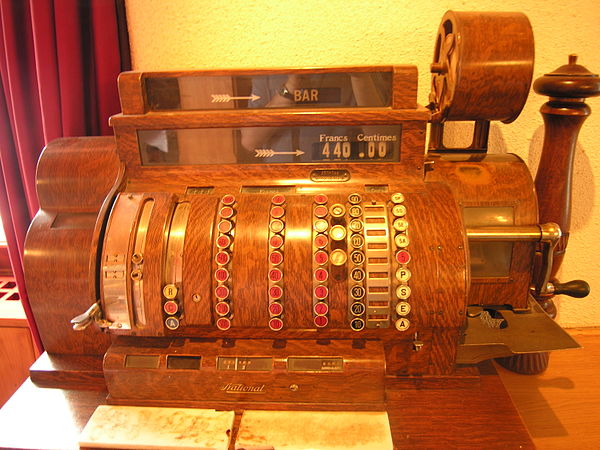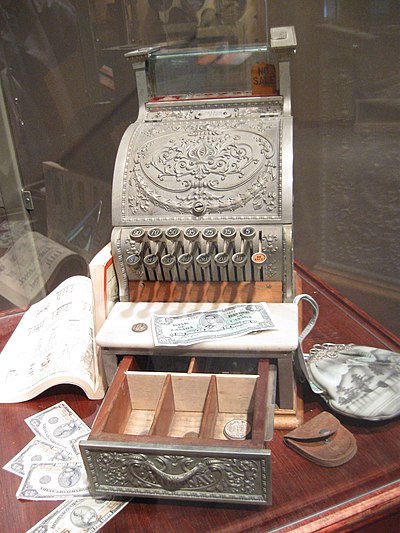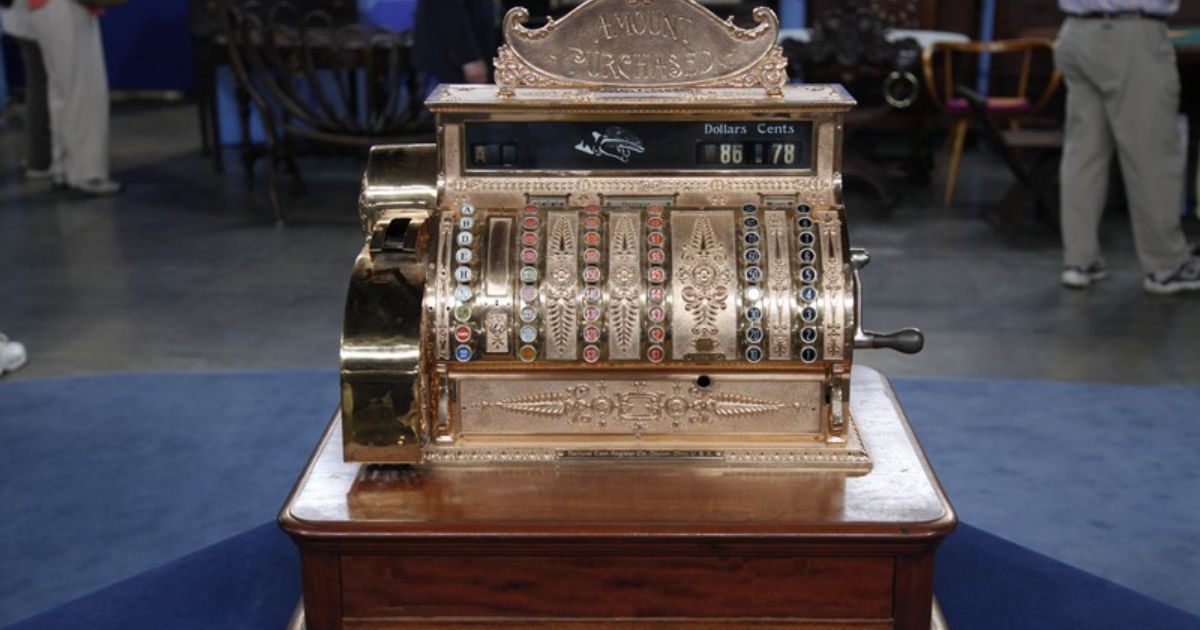If you guessed ‘Cash Register’, you guessed correctly. Here is the background story of this invention:
James Ritty and John Birch invented an early mechanical cash register called the Ritty Model I in 1879 to prevent employees from stealing money at a saloon in Dayton, Ohio, US. Inspired by a tool on a steamship, they patented it in 1883 as Ritty’s Incorruptible Cashier. These early registers were basic adding machines without receipts, requiring the cashier to ring up transactions manually. The sale would be announced with a bell and the opening of the drawer. Odd pricing like 49 or 99 cents was introduced to ensure cashiers had to open the drawer for change, reducing theft.

After selling his interests, Ritty’s company was bought by Jacob H. Eckert, who then sold it to John H. Patterson, renaming it the National Cash Register Company in 1884. Patterson added a paper roll for recording sales, creating receipts for fraud protection and accurate bookkeeping. Charles F. Kettering later designed an electric motor cash register in 1906 while working for the National Cash Register company.

Gross Cash Registers Ltd., founded by Sam and Henry Gross, became a leading cash register manufacturer from the 1950s to the 1970s, especially popular during Britain’s decimalisation in 1971. Henry designed models that could switch between currencies, aiding retailers during the transition to decimal currency.





